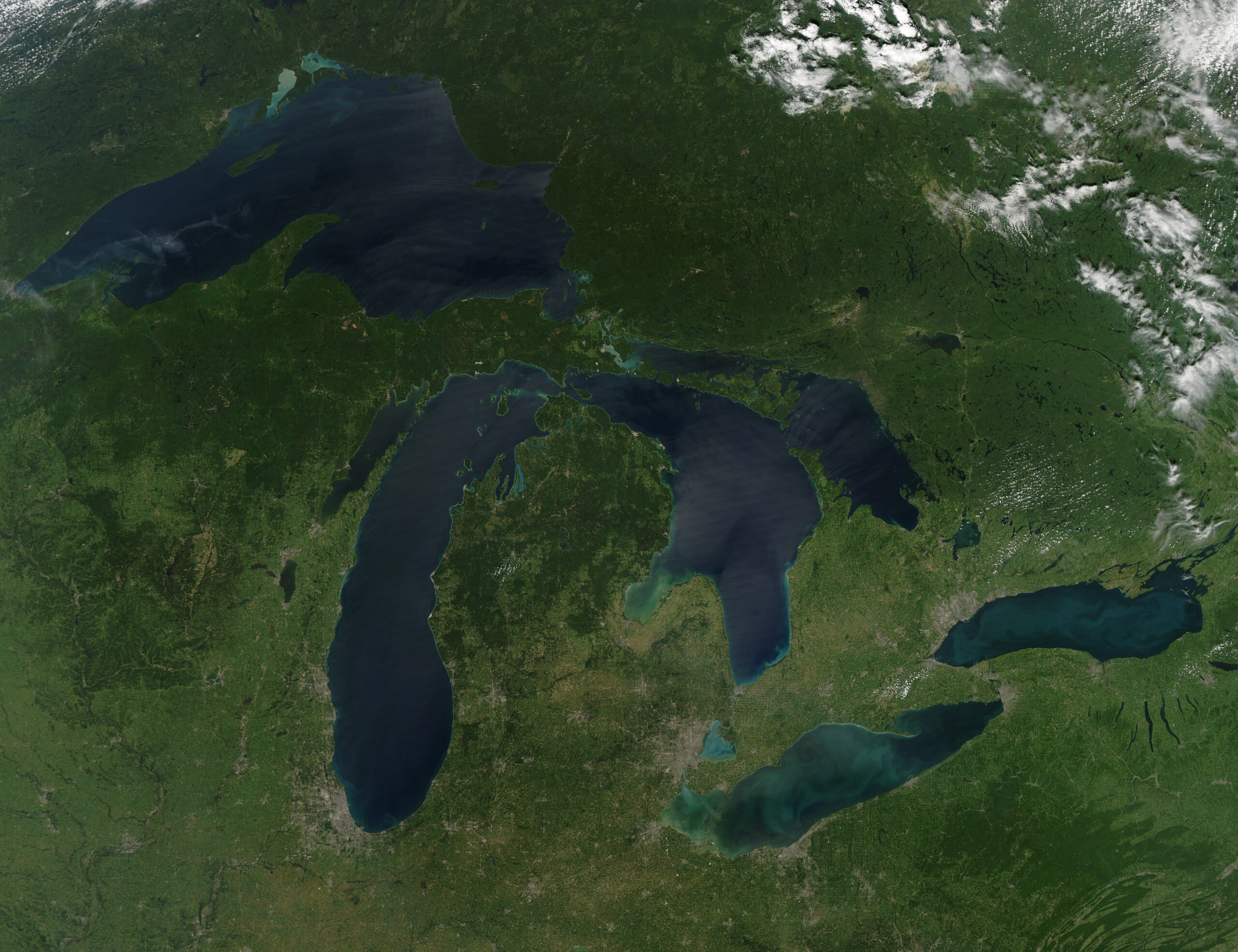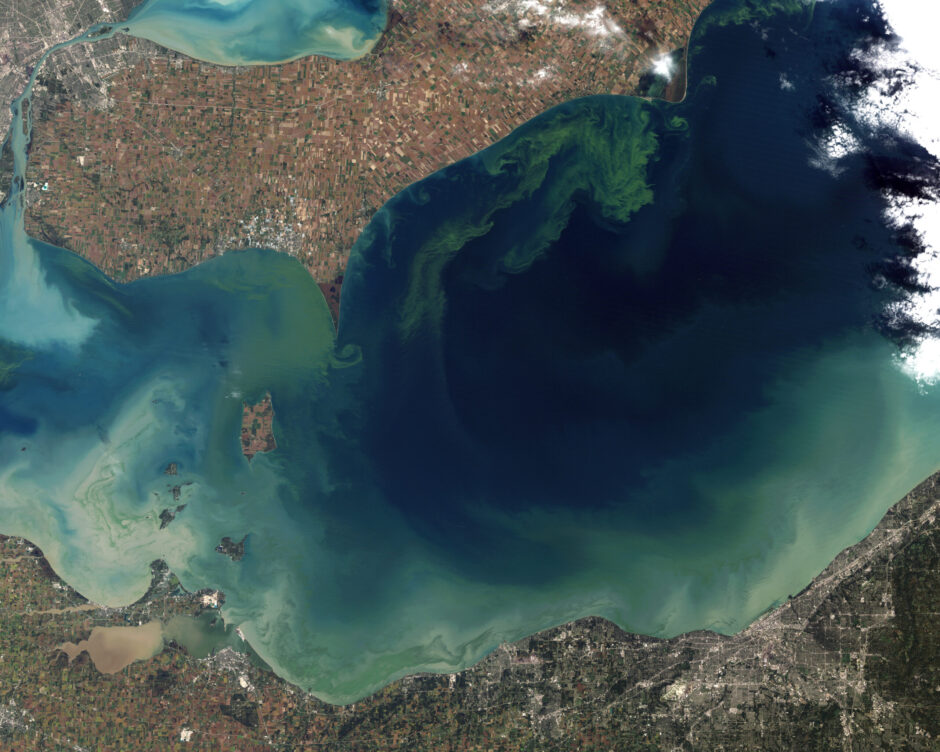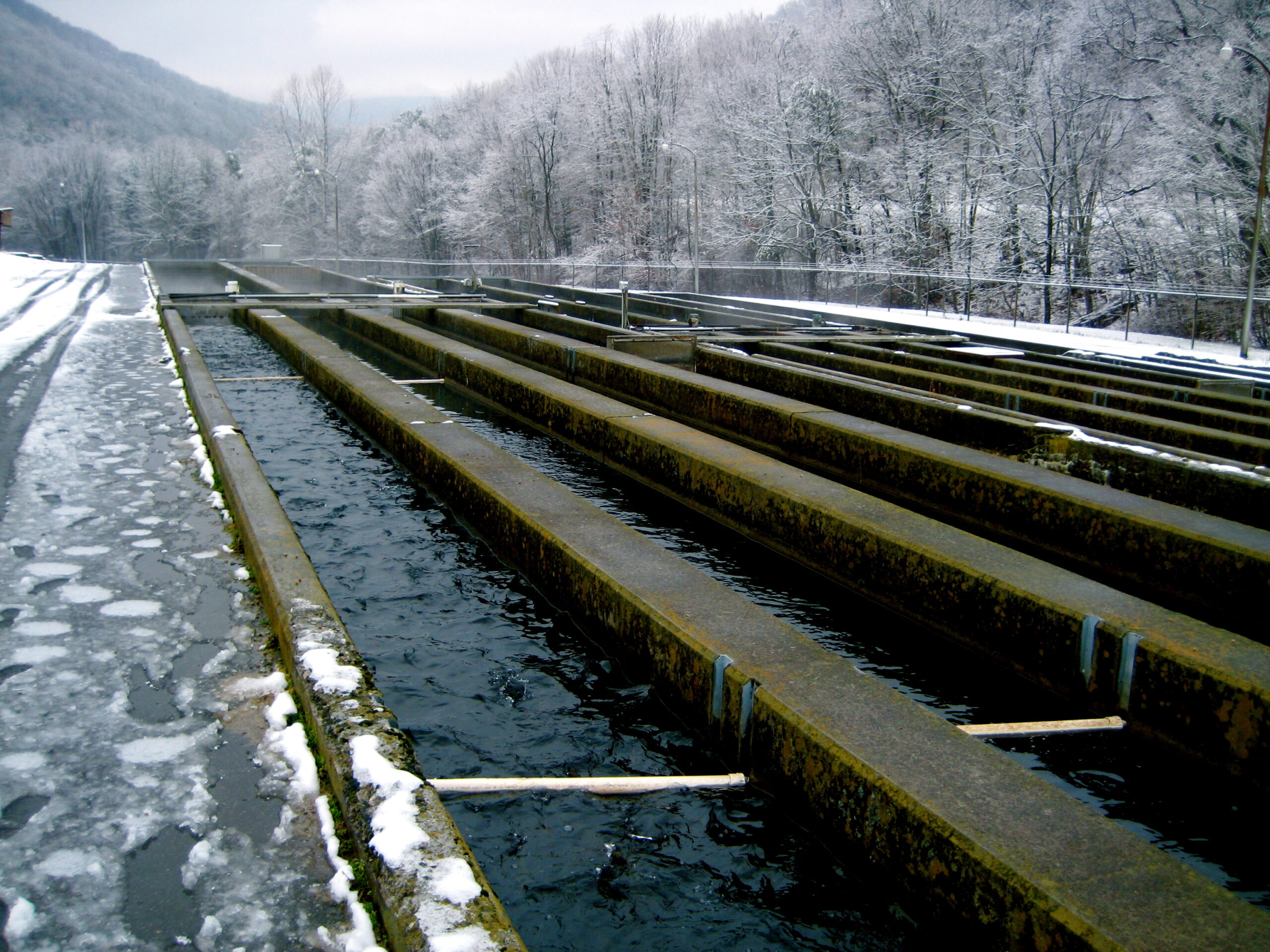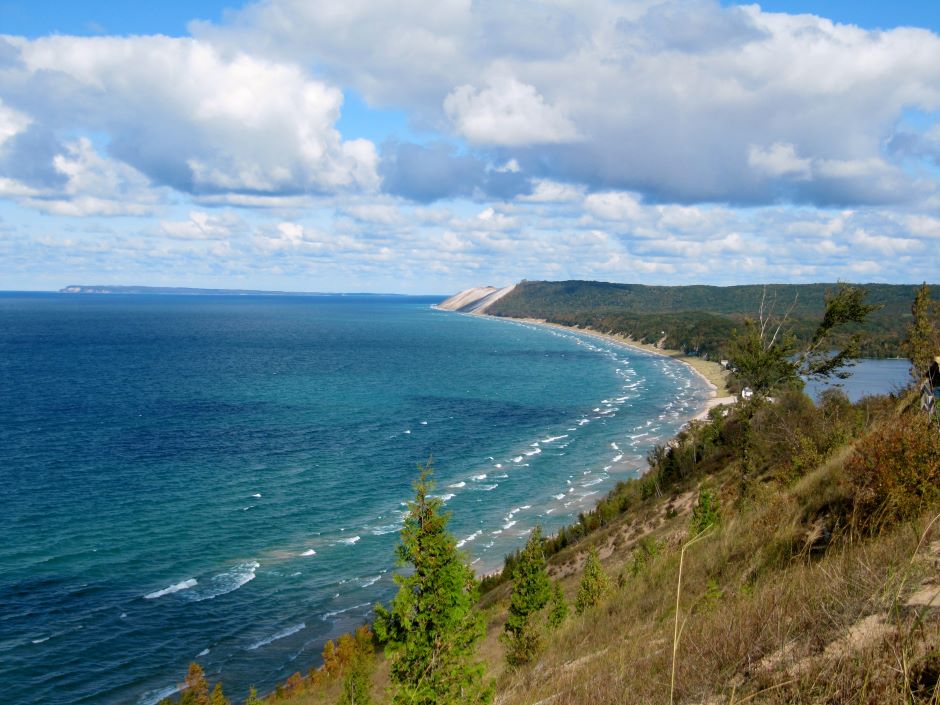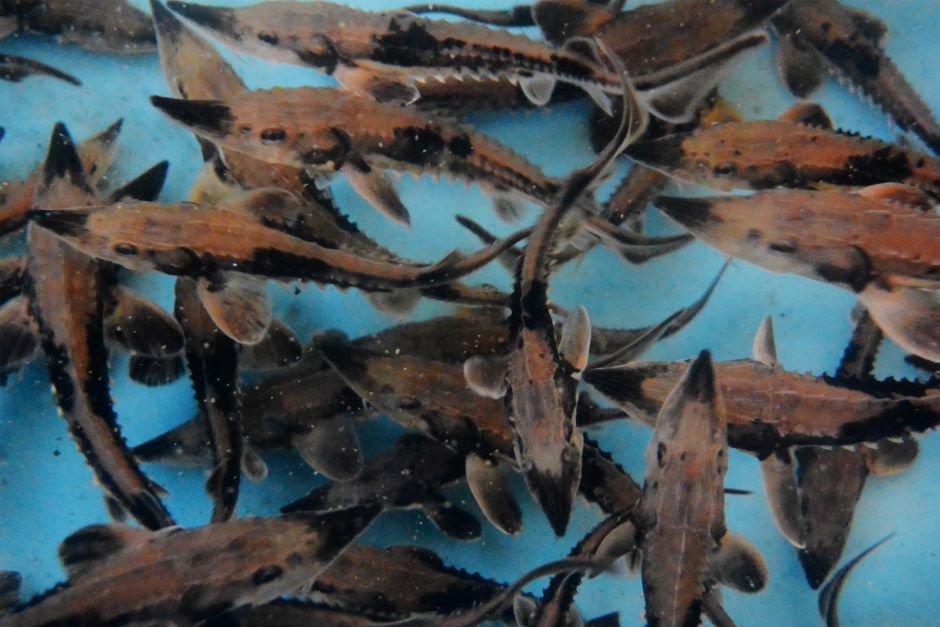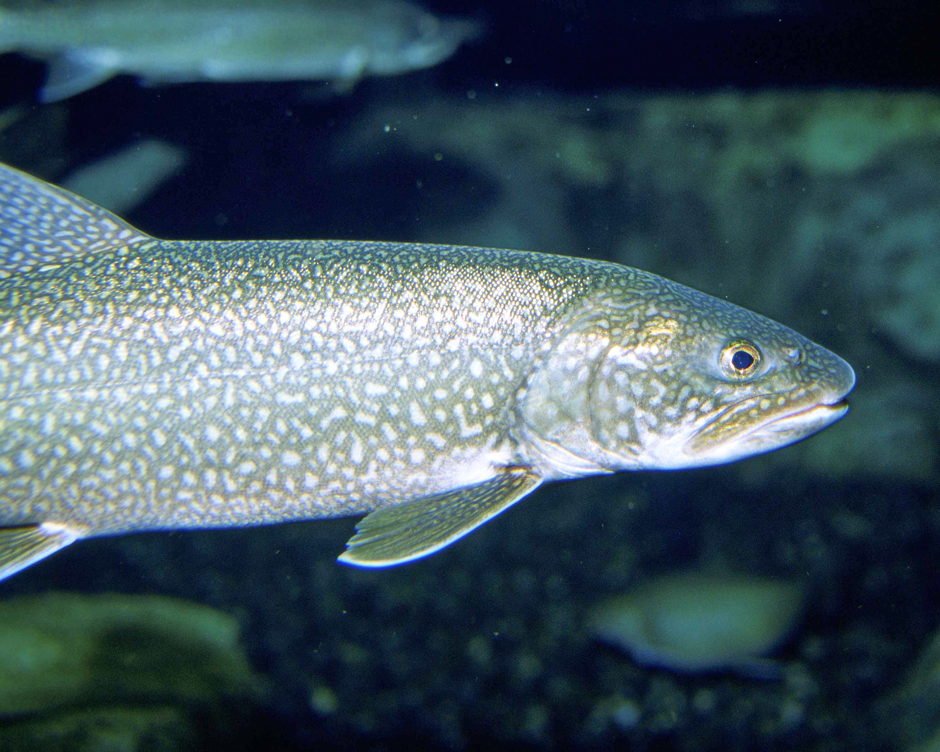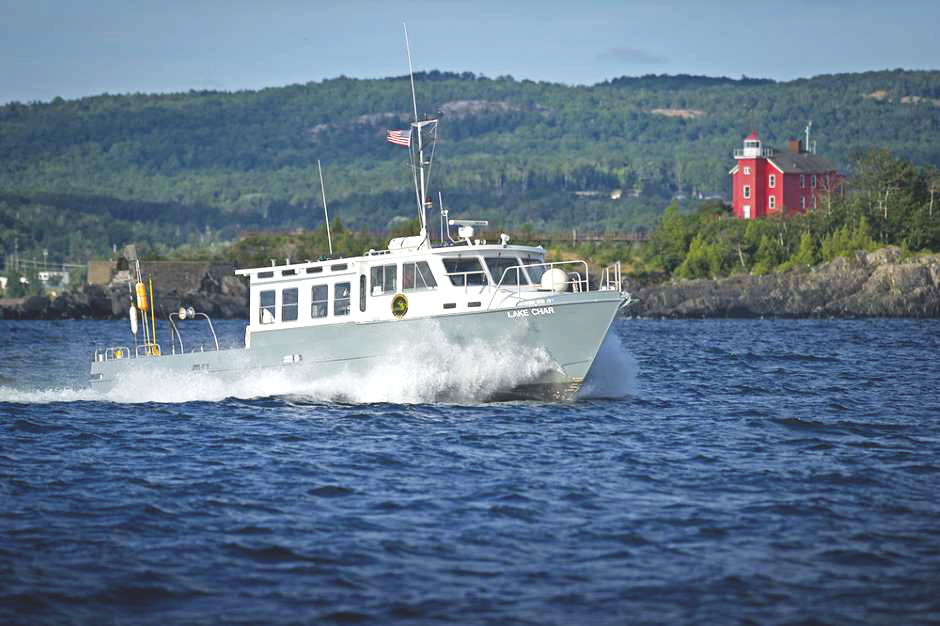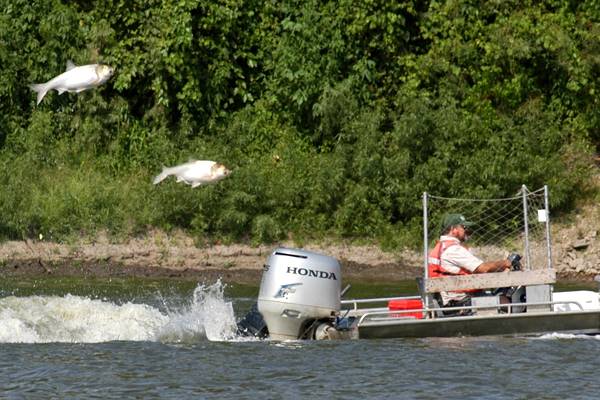Posts for tag "Great Lakes"
Using Models to Prepare the Great Lakes Fishery for Climate Change
Like other lake regions across the world, the Laurentian Great Lakes are facing changes as a result of climate change. In particular, the Great Lakes Fishery has been hit hard—impacting habitat suitability, fish health, water temperature, seasonal...
- Posted November 27, 2023
Habitat Suitability for Invasive Carp in the Great Lakes Region
The Great Lakes represent an ideal habitat for invasive carp, with a surplus of food from algal blooms and expansive waters.
- Posted September 4, 2023
Michigan’s Aquaculture Operation in the Great Lakes
Environmental stressors like invasive aquatic species and algae blooms in the Great Lakes have led Michigan to consider developing new aquaculture programs.
- Posted June 12, 2023
Proposed Net-Pen Aquaculture Facilities in Michigan
Michigan rejects proposals to construct net-pen aquaculture facilities in the Michigan waters of the Great Lakes.
- Posted January 16, 2023
The History of Fish Trafficking in the Great Lakes
The Great Lakes region is home to a multitude of important fisheries and an unfortunate history of fish trafficking
- Posted September 23, 2022
Satellite Tags And Great Lakes Research
Lean and siscowet trout in Lake Superior will be the first fish in the Great Lakes to feature satellite technology. The National Oceanic and Atmospheric Administration and the Michigan Department of Natural Resources are equipping the two...
- Posted April 25, 2022
Michigan And The Great Lakes Fisheries Survey
The Great Lakes’ fishery brings in around $7 billion to the region’s economy every year. Today, eight states, one Canadian province and various tribal governments collaborate to protect the valuable aquatic resource. Michigan does its share in...
- Posted April 22, 2022
Landmarking Study Sheds Light On Managing Asian Carp Invasion Risk
In ecology, “landmarking” is defined as the tendency of insects and animals to congregate in locations that make it easier for them to find mates. The sites that they flock to are typically easy to find and...
- Posted August 3, 2015

